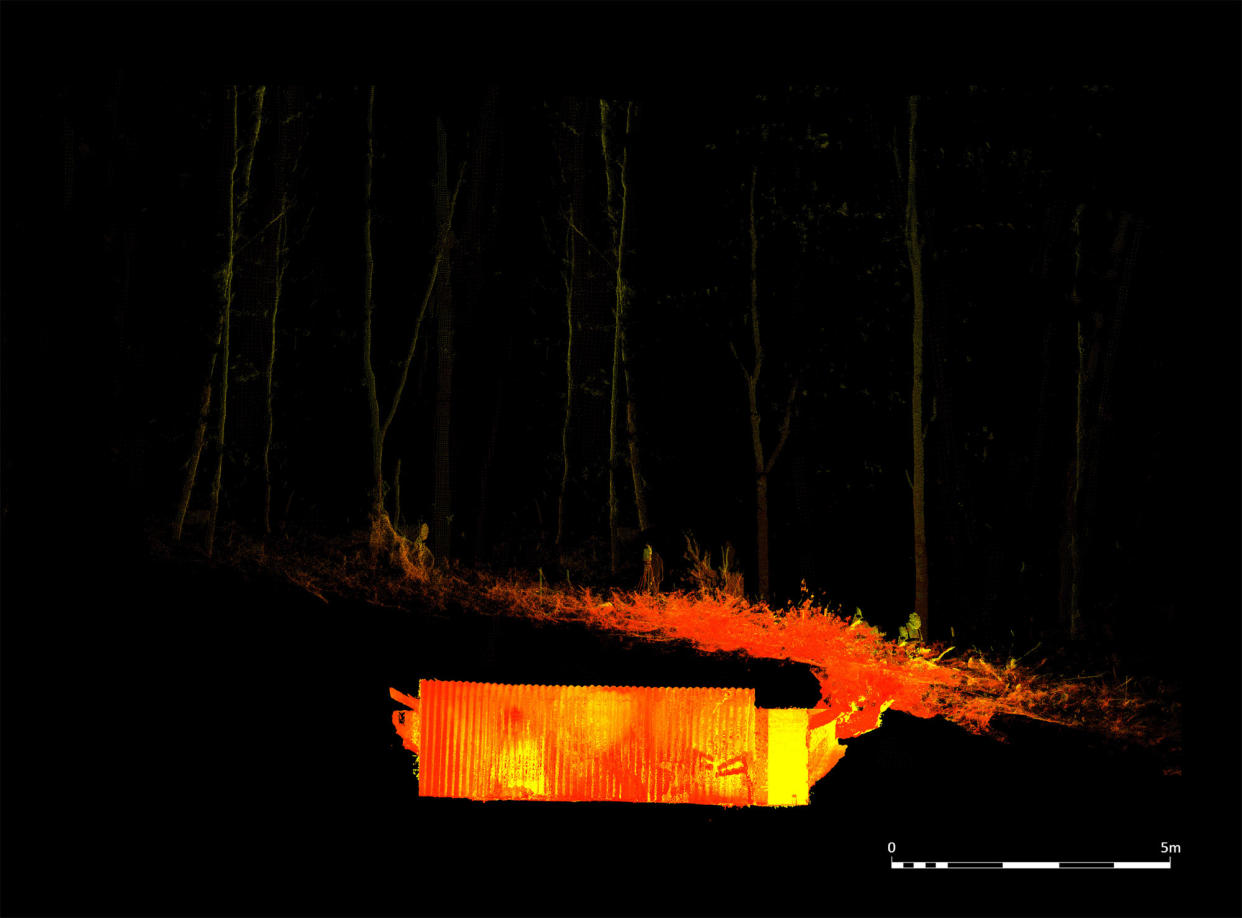Secret Second World War bunker unearthed during tree felling operation in Scotland

A secret underground Second World War bunker has been unearthed by forestry workers during a tree felling operation in Scotland.
The “rare” bunker is thought to have been used as an operational base for “Churchill’s secret army” – an Auxiliary Unit made up of civilian volunteers that in the event of a successful German invasion, would have made up the British resistance.
Nicknamed “scallywags”, the unit was given orders to “fight to the death” and cause havoc behind enemy lines if the Nazis invaded.
About seven men are known to have used the three metre-wide bunker in Craigielands Forest, near Moffat, on the Scottish Borders, during the war.
The bunker was discovered by the Forestry and Land Scotland (FLS) survey technician Kit Rodger, who used to play in it as a child 40 years ago.

It had been missing from records, but Rodger said he stumbled across a shallow trench while working in the forest, which led him to the bunker door.
“It was 40 years ago so I only had vague memories of the location and the vicinity had changed a lot and was overgrown with bracken,” he said.
Read more: WWII bunker hidden under Paris train station
The bunker space was formed by an arch of riveted corrugated iron sheets over a cement floor which measures just seven metres in length.
None of the materials inside, like bunk beds and a cooking stove, survived, but broken timbers found on the floor may be the remains of the original timber bed frames.

The rarity and importance of the site mean it is not open to the public, and its exact location will remain a secret.
Read more: A WWII bunker under London's streets is now a vegetable farm
FLS archaeologist Matt Ritchie said: “This discovery gives us an insight into one of the most secretive units that were operating during WWII.
“It’s quite rare to find these bunkers as their locations were always kept secret – most were buried or lost.”

